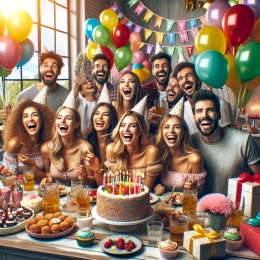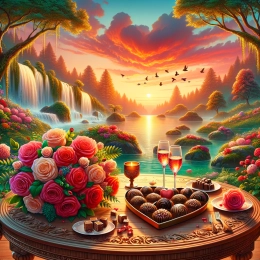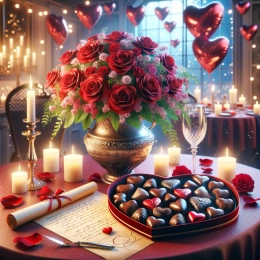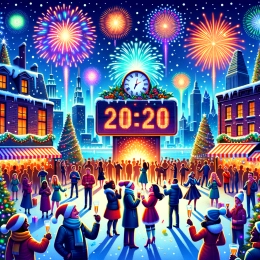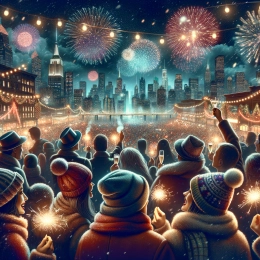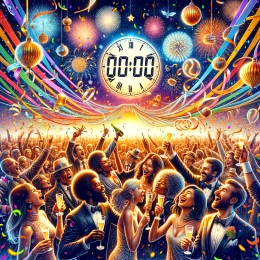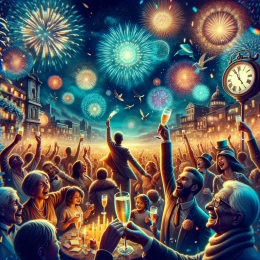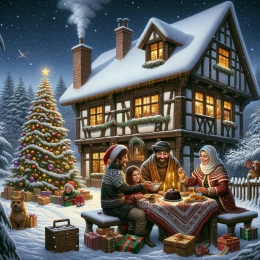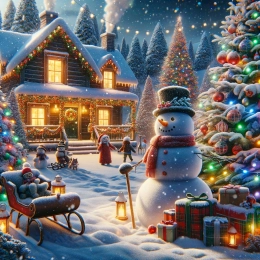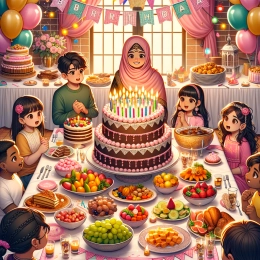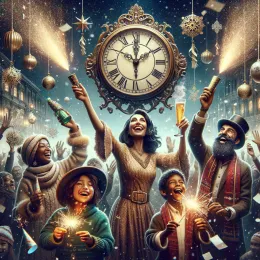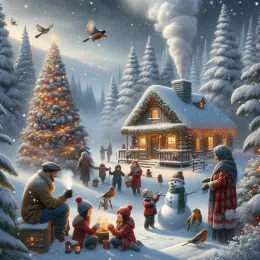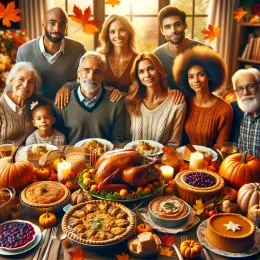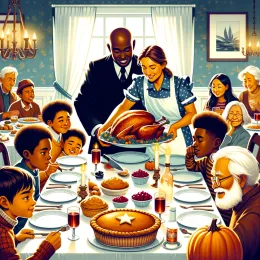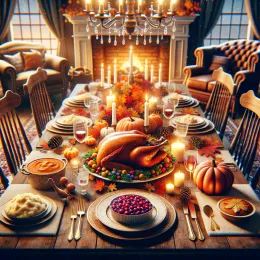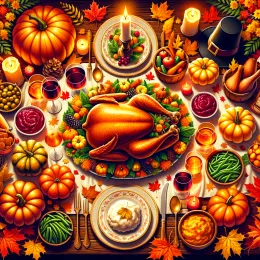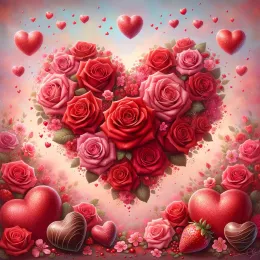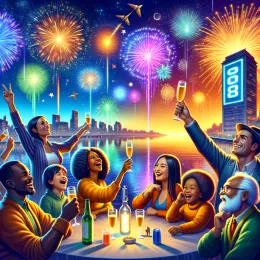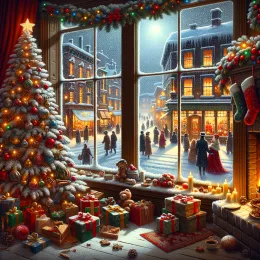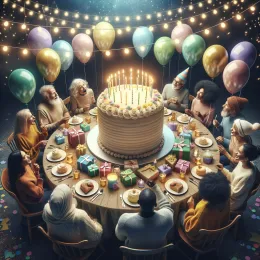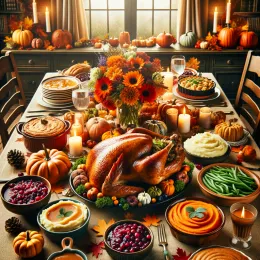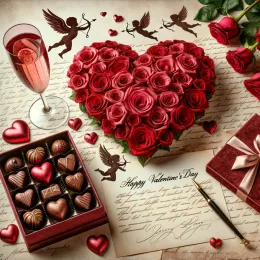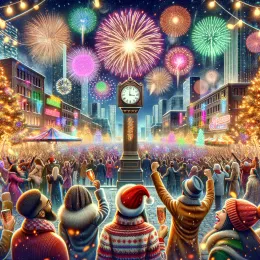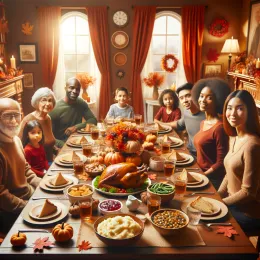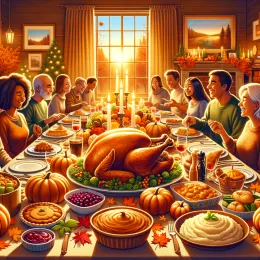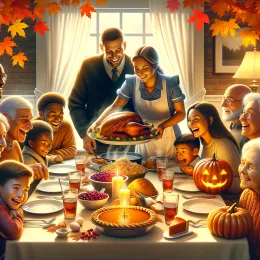Celebrating Diwali Across India and the World
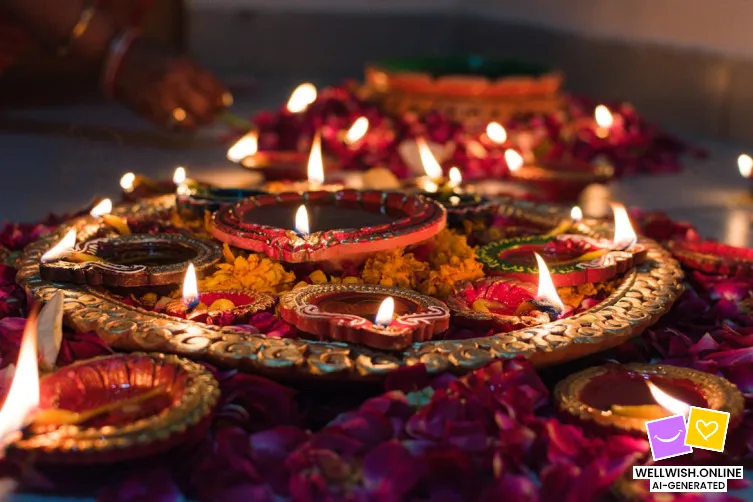
Introduction to the Festival of Lights
Diwali, also known as Deepavali, is one of the most significant and joyous festivals celebrated by millions across India and various parts of the world. It symbolizes the victory of light over darkness and good over evil. This festival brings together families, communities, and cultures, illuminating homes and hearts with vibrant colors and dazzling lights. The rich tapestry of traditions and rituals associated with this occasion reflects the diversity and unity that define the spirit of Diwali.
From ancient legends to modern-day celebrations, the essence of Diwali continues to inspire people to embrace hope, prosperity, and harmony. This article explores the multifaceted ways Diwali is observed in different regions of India and how the festival has transcended geographical boundaries to become a global celebration.
Diwali Traditions Across India
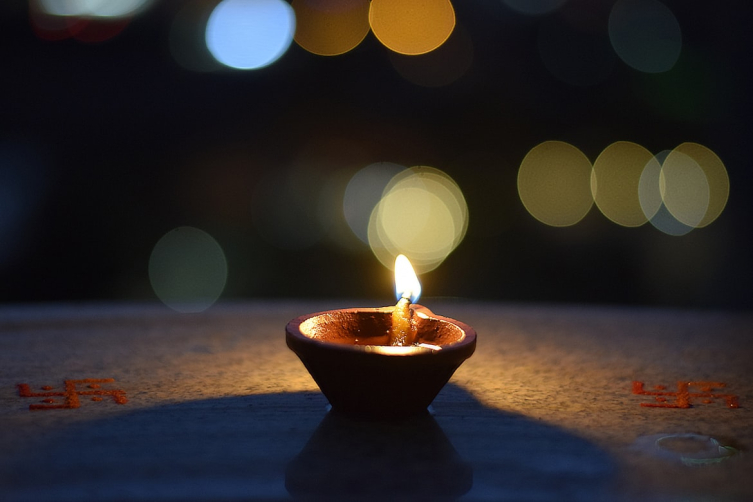
India’s vast cultural landscape offers a variety of unique customs and practices during Diwali, each adding a distinct flavor to the festival. The manner in which Diwali is celebrated varies from north to south and east to west, influenced by local myths, customs, and historical contexts.
North India: The Return of Lord Rama
In the northern regions, Diwali primarily commemorates the return of Lord Rama to Ayodhya after fourteen years of exile, marking the triumph over the demon king Ravana. Homes are meticulously cleaned and adorned with rangoli – colorful patterns made from powdered colors or flower petals – to welcome prosperity and positive energy.
Lighting oil lamps, or diyas, is a central element, symbolizing the dispelling of ignorance and darkness. Families gather for Lakshmi Puja, worshiping the goddess of wealth, seeking blessings for the year ahead. Fireworks fill the night sky, adding to the festive atmosphere with vibrant displays of light and sound.
South India: Honoring Goddess Lakshmi and Lord Krishna
In southern India, Diwali marks the day Lord Krishna defeated the demon Narakasura. The celebrations often begin early in the morning with ritualistic oil baths, believed to purify and protect against evil. Special sweets and savories are prepared, showcasing regional culinary delights.
Families perform Lakshmi Puja in the evening, focusing on prosperity and well-being. Temples are decorated with flowers and lamps, and cultural programs such as classical music and dance performances are organized to enhance the spiritual ambiance.
East India: Kali Puja and Illuminations
In the eastern states like West Bengal, Odisha, and Assam, Diwali coincides with Kali Puja, dedicated to the fierce goddess Kali. Devotees worship her with elaborate rituals, seeking strength and protection against negative forces. Homes and streets are illuminated with earthen lamps and electric lights, creating a mesmerizing spectacle.
Artistic traditions come to the forefront, with beautifully crafted idols of goddess Kali displayed in pandals. Community feasts and cultural events foster a sense of togetherness and shared joy during this time.
West India: Prosperity and Community Festivities
In states such as Gujarat and Maharashtra, Diwali celebrations emphasize both religious and social aspects. The festival is marked by thorough cleaning of homes and business premises, symbolizing the removal of past misfortunes and welcoming new beginnings.
In Gujarat, the festival includes the worship of Lakshmi and Govardhan Puja, with people dressing in vibrant traditional attire. Community fairs and folk dances such as Garba add a lively dimension to the festivities, highlighting the region’s rich cultural heritage.
Global Celebrations: Diwali Beyond India
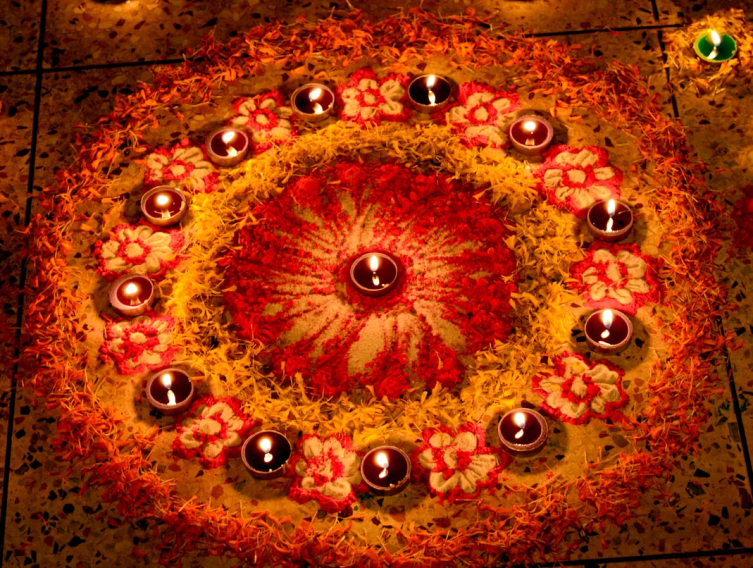
The spirit of Diwali has found resonance far beyond Indian borders, embraced by diaspora communities and multicultural societies worldwide. The universal themes of hope, renewal, and the triumph of good over evil have made Diwali a festival celebrated in many countries with enthusiastic participation.
United States and Canada: Cultural Integration and Festive Spirit
In North America, Diwali events are often organized by Indian cultural associations and temples, drawing participants from diverse backgrounds. Public celebrations include lighting ceremonies, cultural performances, and traditional feasts, creating spaces for cultural exchange and understanding.
Many cities host Diwali fairs featuring crafts, music, dance, and food stalls, allowing attendees to experience the festival’s vibrancy. Schools and universities incorporate Diwali education programs, fostering awareness about its significance and traditions.
United Kingdom: A Blend of Tradition and Modernity
The UK’s multicultural society celebrates Diwali with a blend of traditional rituals and contemporary festivities. Major cities like London, Leicester, and Birmingham hold grand public events, including fireworks displays and community gatherings.
These celebrations often involve collaboration between cultural organizations and local governments, highlighting Diwali’s role in promoting social cohesion and intercultural dialogue.
Southeast Asia: Cultural Roots and Festive Expressions
Countries such as Malaysia, Singapore, and Indonesia, with significant Indian populations, observe Diwali with vibrant community events. Temples and homes are decorated with lights and flowers, and traditional dances and music performances are common.
In Singapore, the Little India district transforms into a dazzling spectacle of lights and colors, attracting tourists and locals alike. The festival here emphasizes both religious devotion and cultural heritage, reinforcing community bonds.
Common Elements and Unique Variations
While the core themes of Diwali remain consistent, regional and global variations enrich the festival’s tapestry. Understanding these commonalities and differences provides deeper insight into the festival’s significance and enduring appeal.
Lighting and Decorations
Illumination is a universal feature of Diwali celebrations. Whether through traditional oil lamps, candles, or modern electric lights, the act of lighting symbolizes hope, knowledge, and the dispelling of darkness. Decorative motifs like rangoli and floral arrangements enhance the visual appeal and spiritual ambiance of the festival.
Rituals and Worship
Worship practices vary but often focus on deities such as Lakshmi, Ganesha, Rama, Krishna, or Kali. Offerings of sweets, fruits, and flowers accompany prayers, reflecting gratitude and the desire for blessings. Community prayers and temple visits strengthen social ties and foster collective spiritual experience.
Feasting and Sweets
Food plays a vital role in Diwali, with families preparing elaborate meals and sharing traditional sweets like ladoos, barfis, and jalebis. These culinary delights not only celebrate abundance but also create opportunities for bonding and hospitality.
Fireworks and Festivities
Fireworks are a hallmark of Diwali nights, symbolizing joy and the triumph of good. In many places, organized displays bring communities together, while in others, personal firecrackers add to the festive mood. Music, dance, and cultural programs further enliven the celebrations.
Diwali’s Impact on Society and Economy
Beyond its spiritual and cultural dimensions, Diwali significantly influences social dynamics and economic activity. The festival acts as a catalyst for community engagement, charitable endeavors, and commercial growth.
Community and Social Cohesion
Diwali fosters a sense of belonging and unity, encouraging people to come together irrespective of social or economic backgrounds. Many communities organize charity drives and social initiatives during this period, emphasizing the festival’s message of generosity and compassion.
Economic Significance
The festival season is one of the busiest for retail and service sectors. Sales of gifts, clothing, sweets, decorations, and fireworks surge, providing a substantial boost to local businesses and artisans. This economic vibrancy supports livelihoods and stimulates market growth annually.
| Sector | Impact During Diwali |
|---|---|
| Retail | Increased sales of clothing, gifts, and decorations |
| Food Industry | High demand for sweets and festive foods |
| Fireworks | Surge in sales and manufacturing |
| Artisans and Craftsmen | Boost in orders for traditional items like diyas and rangoli materials |
The Future of Diwali Celebrations
As societies evolve and global interactions intensify, Diwali continues to adapt while preserving its core values. Technological advancements have introduced new ways of celebrating, such as virtual pujas and online cultural events, expanding access and participation.
Environmental concerns have also led to increased awareness about sustainable practices during the festival, encouraging eco-friendly decorations and noise pollution reduction. These developments reflect a dynamic balance between tradition and innovation, ensuring Diwali remains relevant and meaningful for future generations.
Embracing the Spirit of Diwali Worldwide
The festival’s universal message of hope, renewal, and the victory of good resonates with people from all walks of life. As Diwali lights shine brightly from India to distant shores, they illuminate a shared human experience that transcends cultural boundaries.
Whether through age-old rituals or contemporary celebrations, the essence of Diwali continues to inspire joy, kindness, and unity. This enduring festival invites everyone to partake in its luminous journey, fostering a world where light always prevails over darkness.








